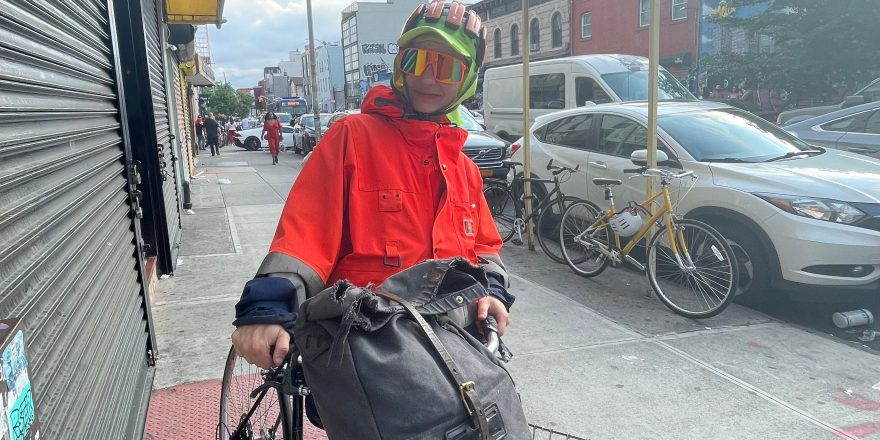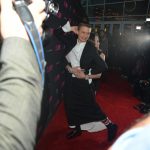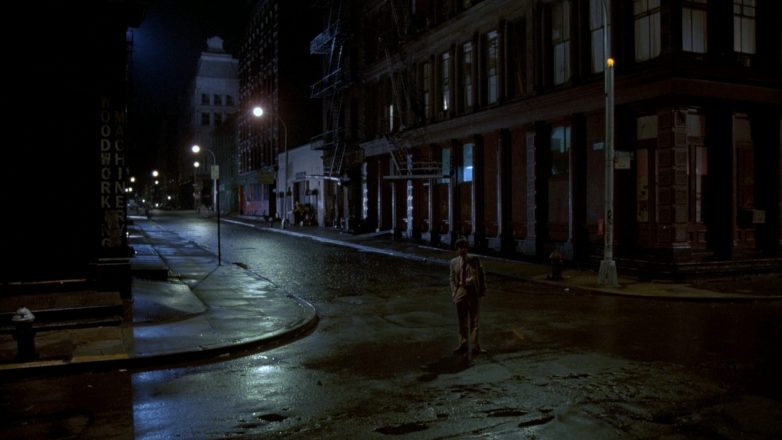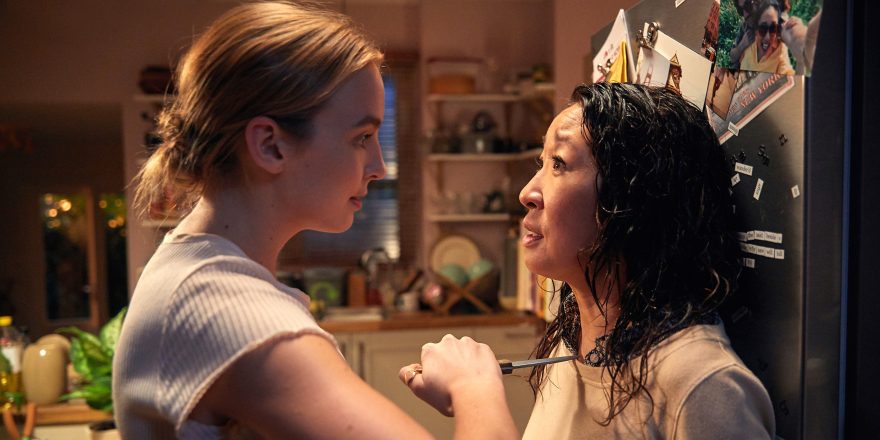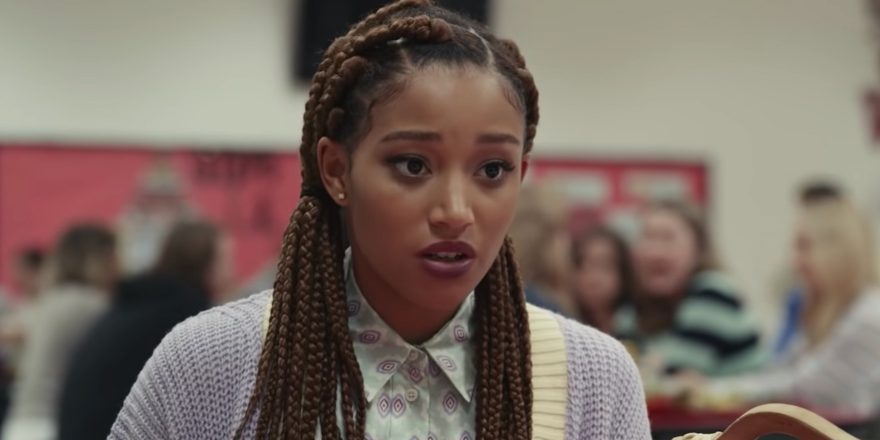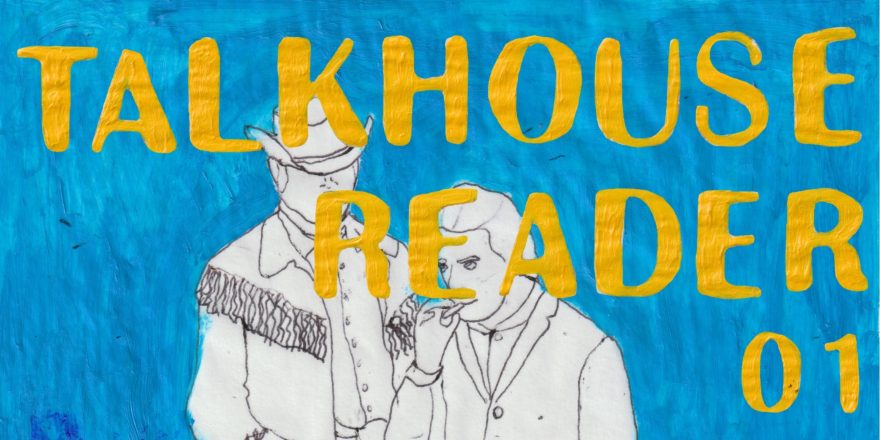Gates Avenue is a two-way street that should really be a one-way. Those with cars have now begun to park on the sidewalk in blatant, unspoken protest. You’ll often catch a glimpse of the choreography as you walk around the block, some maniac in a car swiveling up onto the curb and the subsequent result of a bypasser yelling in urgent admonishment. Not that I don’t also park in the same unconscionable style now myself.
Talk about cause and effect — this incessant battle for space is ultimately a proverbial New York “thing.” And as anyone who has ever ridden their bike on the sidewalk in the dense parts of the city knows, it’s a town where the pedestrian is king. I learned this the hard way when I first moved from San Francisco. Not quite dense enough, SF tends to be a city where individual space and the holy sanctimony of being a bike rider is an entitled, fatuous given, and that attitude, well, it just doesn’t quite fly here in NYC.
Here, as it should be in a city, messing with the flow of pedestrian traffic is a travesty. It’s not that the law of Bigger doesn’t apply, in fact, as it always does, but there has been a cultural agreement, and all New Yorkers know it. One will find oneself taking advantage of a rare open moment of space on one’s set of wheels (never a great idea but powered by coffee, carbs and dreams, it’s hard to not to fall prey to the desire) when a pedestrian suddenly perambulates in front of you, looks at you squarely and arrogantly in the eye as if to ask, “Who’s King?” “The Pedestrian is,” you fumble as you screech your breaks and curse or honk as loudly as you can.
I walk my bike across to the other side of the street. About to get on, I pause as a B52 bus flames past me.
Buried under the weighted blanket of humidity, a touch of cool sharpness vibrates. It’s that change that happens right as the city finally empties out and slows down. It always makes me feel a bit sad, most likely because it reminds me of being a child; I always hated school, always resented having someone tell me how I should spend my time.
Fall is about to come and it will be nonstop until the end of the year, albeit no way to know when the film projects I am developing will ever get moving – nothing new there! I get on my bike, the tick-tick-tick of the gears picking up speed in mechanical precision as I ride down the gentle slope. I pull up on my spine, letting my hands touch the handle bars as lightly as can be functional. It’s a trick I developed during the pandemic, wherein I swore off using the subway and gave up the love-of-my-life practice, the one that got away, Brazilian Joy Jit Su. It’s never good to hold onto anything too tightly. The whole body comes over the handlebars, making a perfect bridge between you and the machine. Adjusting into this light touch position on the bike feels akin to jiu jitsu in that pushing and pulling suddenly become connecting movements, adjusting the wrist and hands from motorcycle grip with thumb wrapping around to open palm grip, to push forward. Riding this way feels more effortless and, dare I say, more swishy, more smooth and expressive. “The body is the mind in the 4D world,” is a phrase the writer Laurie Weeks and I used to chant nonsensically like a mantra when we were writing our drafts of the JT Leroy script together. Buzzing on Kratom, not exactly willing to break down the meaning of our newfangled expression, but certain in our body knowledge that making shapes out in the world was an important expression of our consciousness. Like Laban’s definition of the greek word Choreosophy (a praying to circles), we knew we were praying to what we believed in, as we shuttled between the studio apartment, the empty field next to it, the health food store, and the steps that led to nowhere that we would sit on in front of the little house to stare at the apartment and discuss the fictional version of our characters.
Speeding up into a quick turn, I synchronize a softening of the elbows. I’m off – down the thoroughfare of Knickerbocker Ave, towards the city. I’m thinking about the expression, “What’s up?” I have made a new 75-year-old friend in the neighborhood and this is our common nomenclature, or more specifically, “Yo, yo, yo, yo, yo, yoooo – what’s UP!”, something apparently adopted from his grandkids.
As opposed to “What’s cooking?”, an expression that implies a definitive ending unless you are too late— not another rubbery egg or burnt onion, all of the sweetness charred bitter, no; or, “How’s it hanging?”, not quite active enough for the body, location, and moment of the New York now. Whereas “What’s up?” is a perfect distillation of a check-in because it implies the presence of duration and gravity and focuses one’s energy on looking out, moving one’s head beyond the immediate horizon. One can imagine all of the things/balls/entities/sylphs in the air as they are, beyond computation, and yet one knows that eventually something will finally come down with the speed of gravity, like an elbow to the face, and in that way, one must be willing, attentive and ready to gather whatever gifts come from that fall, or obviously, be ready to duck and run for cover!!! I think about a Colette quote about her childhood, “If you are able to be in the field, able to use your eyes, then the world becomes miraculous and simple”. In city-biking you are always eyeing the present moment as it penetrates into the future one. Knickerbocker; a maelstrom of boisterous chaos. You’re with the big kids now, all delivery bikes and scooters, and none of you shall apply the rules of the road. Weaving, and honking, all the people moving together around the 24-hour fruit jobber stacking boxes on the sidewalk and bike lane… local commerce, the only time it’s really ok to crowd the sidewalks. Down through the industrial section, where the quality of air makes the back of your throat feel like you ate newspaper, I hold the contents of my bike basket as I speed over the old railroad to avoid any bits jumping out. Into Williamsburg, the parade of open hydrants and hipsters. A city lamp sputters and goes dark in a mysterious, seizure-like morse code. In preparation for the only real hill in the city, all bikers ready themselves for the open crossing, adjusting their gears, pulling up on their pant legs. I do the same and charge the hill thinking abstractly about copper piping couplets. I have been experimenting with soldering and attaching them to sculptures, and I count in the mind’s eye the holes and lines, lines and holes to create full shapes. The sky is now a pale gray purple, backlit with gold. Feeling ambitious from the fresh air and focused, I eat the steepest part, panting as I get up higher. I crane my neck to look up and down the city skyline, down at the water for one brief second, it flashes through the train tracks like gold teeth flashing in someone’s smiling mouth– right as a train starts to whine and rumble down the track. The scene from The Wolf of Wall Street, recently watched for the first time, suddenly pops into my head. Up in the clouds of Fi-Di, Mark Hanna beats at his “relaxed” heart, guiding Belfort on how to encourage someone to invest in another stock (“and they will, because they are addicted”). I had never known this movie was a satire, and it feels lucky that it was made when it was, that is, with the foresight of the 2009 financial crisis bank bail-out but, specifically, before the Trump administration came in. It slaps hard as ever now as a portrait of a culture that has led us astray, and it seems ironic that the movie turned out to be funded by scammed and embezzled money . Scorsese’s movies always do something complex to the psyche in that they allow yourself to fall into the fantasy of all access and power, and in falling into the fantasy, the viewer ensnares themself into the dilemma of the protagonist: what do we want and what are we personally willing to do to get it? It begs an almost St. Augustinian question of ethics: where is the line, once crossed? I’m speeding down the bridge on the Manhattan side now, observing the shimmer of Frank Gehry’s 8 Spruce Street skyscraper along its peers. In the distance I hear an opening of a song… something so familiar, so nineties in its earnestness and simultaneous trashiness. Something my mother used to play when she would do her warm-up for jazz-dance class at the Community College. It’s getting much louder now, a flute chimes in and a willowy reverb voice joins.
On that random patch of tarmac beneath the new development of Essex Market, I see a white BMW, the source of this infernal sexy bass line. A group of teenage men with long hair surround the car and bob their heads ceremoniously. It’s like they are part of some Pythagorean sect. I stop at the bottom island between the two entrances to the bridge to watch them for a second. Another guy also stands observing them. He says, “I haven’t heard this in a long time.” “Is this… Deep Forest? Who is this?” I ask a little desperately. “It’s Enigma… This used to kind of… put you into a more relaxed state. Haven’t heard this in a long time.” I nod in agreement, and we watch them and listen together. The concrete baked air of Manhattan, the smell of juniper coming off the busy intersection. We look at each other and say simultaneously, “Have a good night!” I curl my leg back to push against the pedal, picking up speed again and shooting my hands in front of me.
Featured image of Savannah Knoop by Remy Rosenberg.


